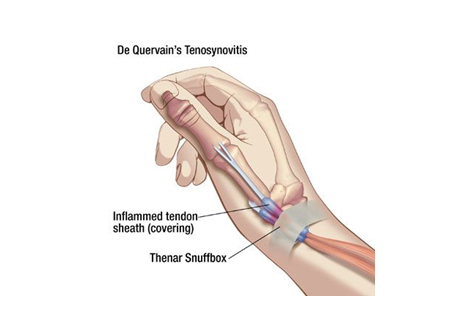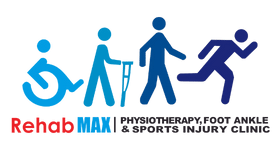PROLAPSED INTER-VERTEBRAL DISC(PIVD)

INCIDENCE
1% to 3% with the highest prevalence among people aged 30 to 50 years, with a male to female ratio of 2:1.In individuals aged 25 to 55 years, about 95% of herniated discs occur at the lower lumbar spine (L4/5 and L5/S1 level); disc herniation above this level is more common in people aged over 55 years.
ABOUT THE CONDITION
PIVD is a condition in which the disc between the two vertebrae bulges/protrudes out leading to compression of the spinal cord or nerve.
The human spine is made up of alternating vertebrae and intervertebral discs extending from the neck to the tail bone. The intervertebral discs are the ‘shock absorbers of the body and are composed of an outer strong fibrous membrane and an inner ‘jelly-like nucleus giving both strength and elasticity. Disc prolapse occurs when there is a weakening in the outer membrane which leads to a protrusion of the inner nucleus. This protrusion usually heads towards the spinal canal thus compressing them giving rise to the symptoms.
Disc herniation can occur in any disc of the spine, but the two most common sites are lumbar disc herniation and cervical disc herniation
As we grow older, our intervertebral discs begin to lose water content. However, several other factors may encourage or exacerbate prolapsed discs in both the young and the elderly, such as:
- Repeated improper movements that place stress upon the spine, often due to sports, improper lifting, and even sitting or sustained postures for a prolonged period of time.
- Sudden injuries or traumas that might occur during a high-impact sport, fall, or car accident
- Sedentary lifestyle
- Symptoms include mild to severe back pain which can be caused by muscle spasms and may radiate to the leg due to nerve irritation. In the case of cervical disc herniation, it can radiate to the hand. There may be pins like sensations, tingling, numbness, burning, pully-like sensation, and weakness in the affected area. In severe cases, there may be bladder and bowel incontinence and weakness/paralysis of the muscle supplied by that particular nerve root.
- A physical assessment along with an MRI scan can confirm the diagnosis.
TREATMENT
Medical treatment would include muscle relaxants, anti-inflammatory, analgesics(painkillers), tricyclics for nerve pain.
Physiotherapy management would include :
- In acute state complete rest with medications for 3-5 days.
- Bracing with a lumbar corset or rigid tape to support weak or tight muscles which are in spasm.
- Dry needling of the tight paraspinal or surrounding muscles.
- Joint mobilization to improve thoracolumbar junction thereby relieving the overload of the lumbar spine.
- Lumbar core muscles activation includes transverses abdominal, pelvic floor muscles, and lower abdominal in case of lumbar PIVD.
- In the case of cervical PIVD activation of cervical core and relaxation of superficial muscles like sternocleidomastoid and scalene.
- Improve breathing patterns without using neck muscles.
- Neural mobilization to improve nerve mobility.
Gradual return to activity.

